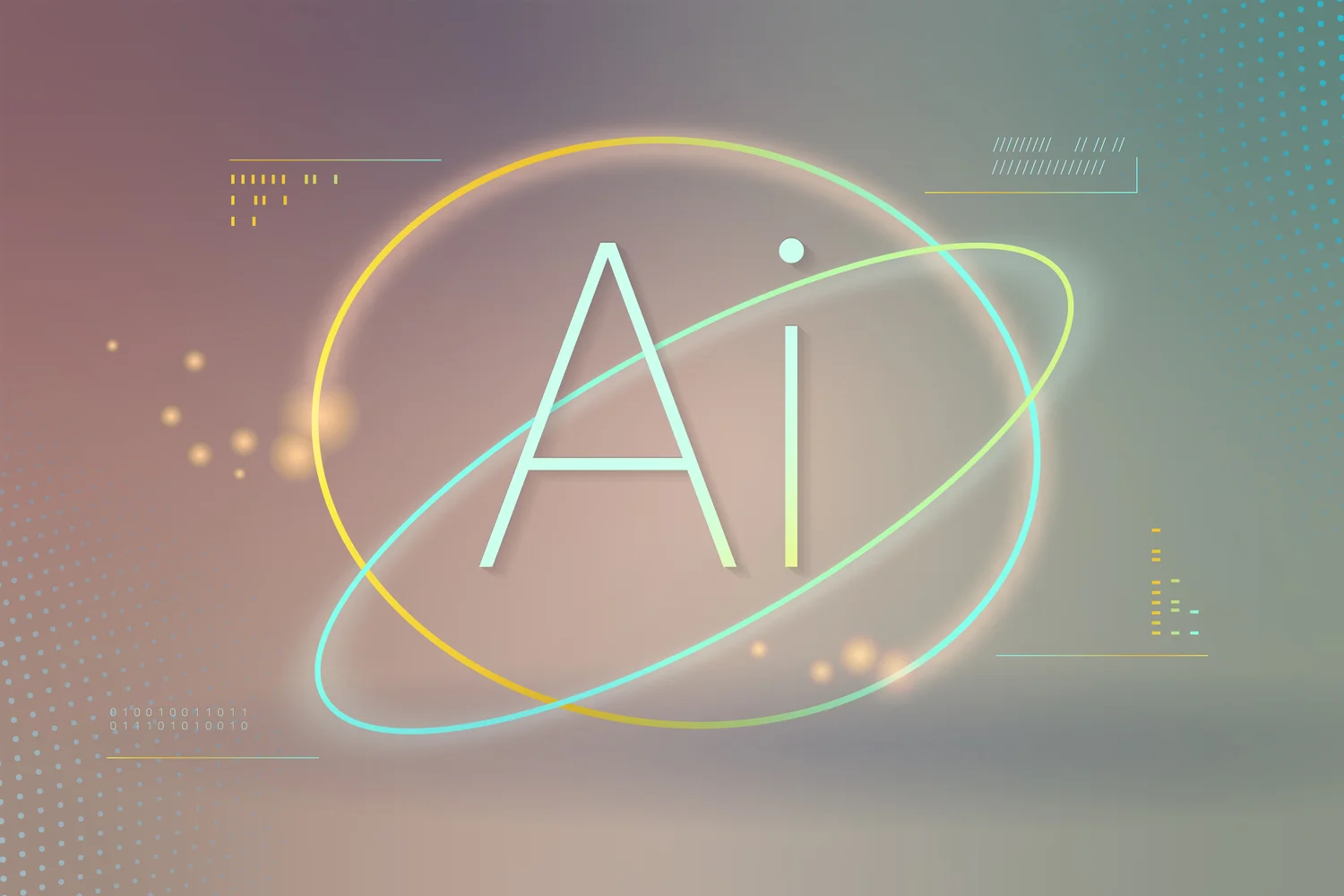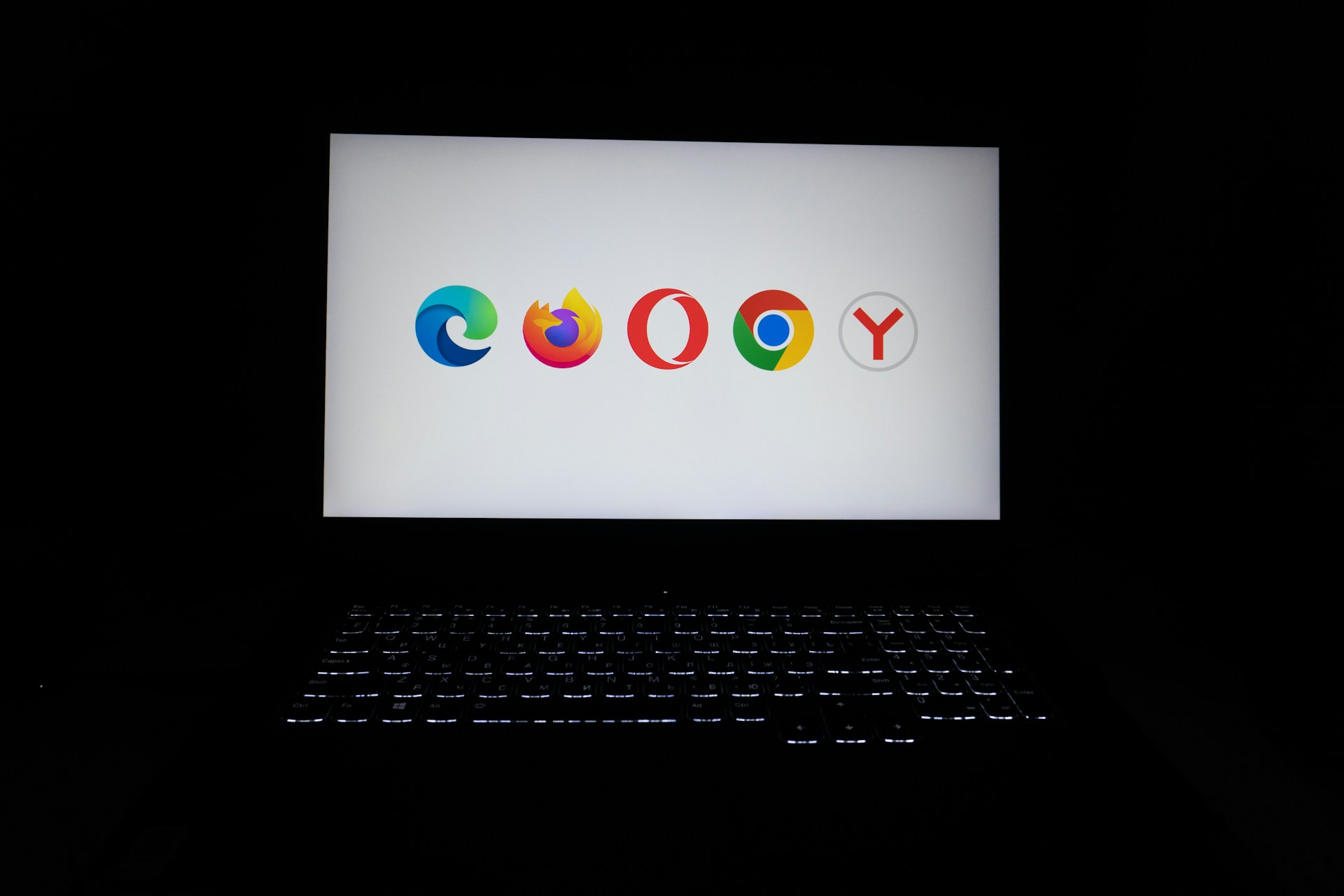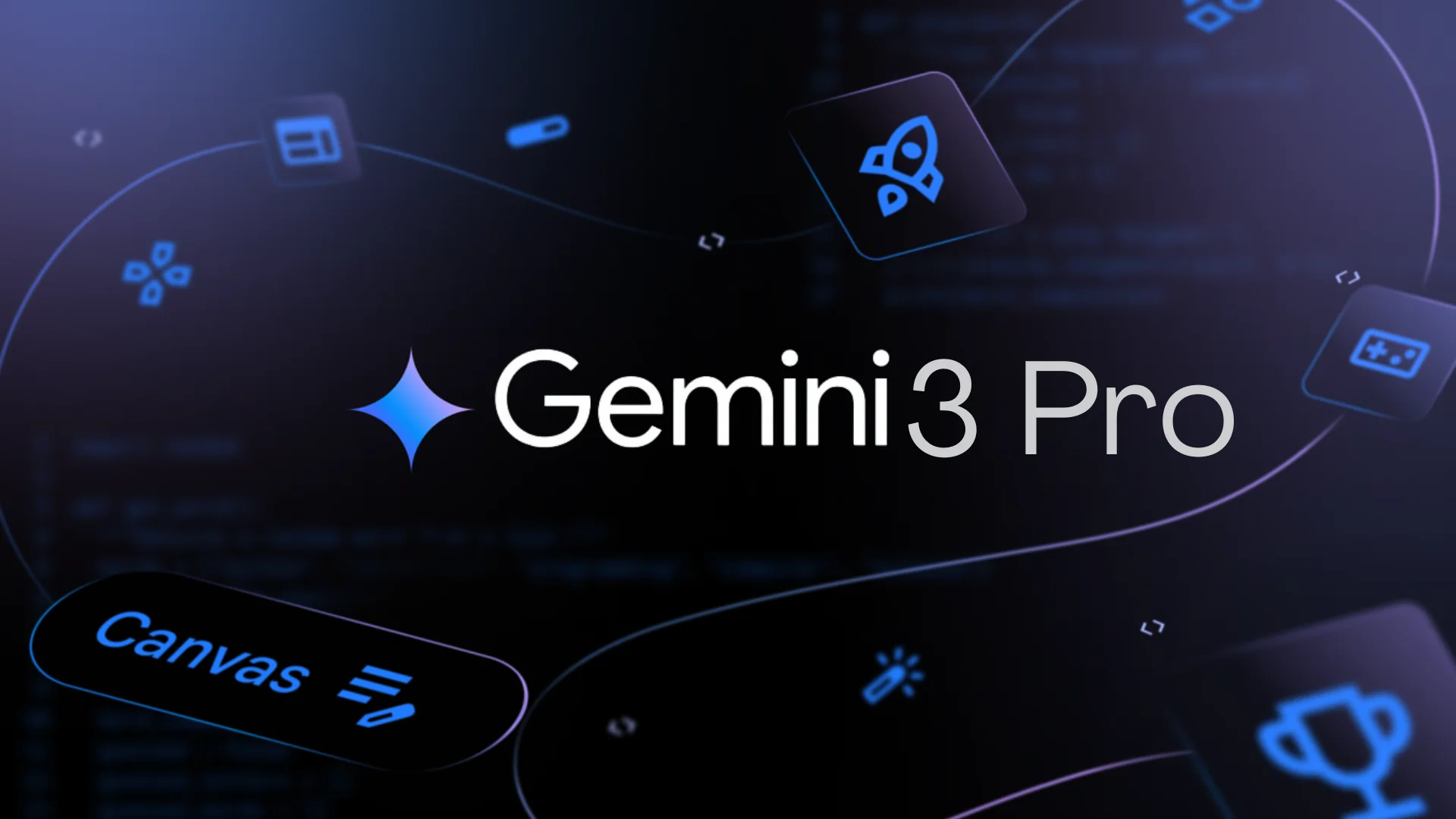
The Rise of AI in Logo Design: Redefining Brand Strategy
In today’s rapidly changing digital environment, Logo Design has moved far beyond a static symbol. It has become a strategic tool for shaping brand perception, trust, and recognition. With the introduction of artificial intelligence (AI), the industry is experiencing a fundamental shift. The ability to analyze data, predict design preferences, and generate creative variations has transformed how brands in the United States and around the world approach Logo Design.
This article explores how AI is influencing modern branding, the benefits it brings to businesses, the challenges it creates for professional designers, and what the future of AI-driven Logo Design means for companies in the US and globally.
The Evolution of Logo Design
From Tradition to Technology
Historically, Logo Design was the work of skilled graphic artists who relied on typography, color psychology, and visual storytelling. Brands across the USA invested heavily in handcrafted logos that reflected their mission. Over the decades, iconic designs from companies in the United States such as Coca-Cola, IBM, and Nike have become timeless.
With the digital age came software tools like Adobe Illustrator and Photoshop, allowing designers to refine their work more efficiently. Today, AI has entered the scene, bringing automation, predictive analytics, and customization to the process of Logo Design.
How AI is Transforming Logo Design
Automated Creativity
AI-powered platforms can now generate Logo Design concepts in seconds. By inputting brand details, industries, and style preferences, businesses can instantly receive multiple design variations. This democratizes access to professional-quality Logo Design for startups, freelancers, and small businesses across the US that may not have large budgets.
Data-Driven Insights
AI doesn’t just generate designs; it studies consumer behavior. By analyzing color trends, font popularity, and industry benchmarks, AI tools suggest Logo Design solutions that resonate with audiences in the United States and beyond. This creates logos that are not only visually appealing but also strategically effective.
Personalization at Scale
AI enables hyper-personalized Logo Design. Brands can test and refine logos based on regional preferences in the USA, making it easier to appeal to diverse demographics. For example, a technology startup in California and a fashion retailer in New York may both use AI tools but receive very different designs tailored to their audience.
Benefits of AI in Logo Design
-
Speed – AI reduces design timelines from weeks to minutes.
-
Affordability – Companies in the US with limited budgets can access high-quality Logo Design without hiring a full-time design agency.
-
Consistency – AI ensures logos work across platforms, from websites to mobile apps.
-
Accessibility – Small businesses in the United States can now compete with larger corporations thanks to AI-driven branding tools.
-
Scalability – AI makes it easy to scale visual identity projects across hundreds of assets, from product packaging to digital campaigns.
The Role of Human Designers
Despite AI’s rapid growth, human creativity remains essential. Professional designers add emotional depth, storytelling, and cultural nuance that algorithms cannot fully replicate. In fact, the most successful projects often blend AI efficiency with human artistry. Many design agencies in the USA are now adopting AI as a tool rather than a competitor, leveraging it to accelerate workflows while focusing on strategic branding.
Human designers also provide a critical safeguard for originality. While AI-generated Logo Design options may be impressive, designers ensure that the final product respects copyright laws, avoids cultural insensitivity, and aligns with the brand’s core story. This balance between automation and creativity is becoming the foundation of modern Logo Design in the United States.
Challenges and Ethical Considerations
While AI-powered Logo Design offers opportunities, it also presents challenges:
-
Originality Concerns – AI may unintentionally generate logos that resemble existing designs.
-
Over-Reliance on Automation – Companies in the United States risk losing unique brand identities if they rely solely on automated tools.
-
Data Privacy – AI tools often require user data, raising concerns about how information is stored and used.
-
Skill Shift – Designers in the US must now learn to work with AI platforms, blending creativity with technical knowledge to stay competitive.
Case Studies: AI in Action
One example is WebbyWide, an AI-based Logo Design platform widely used across the US. Businesses can input their industry, values, and aesthetic preferences, and within moments, receive multiple design drafts. While some entrepreneurs adopt these directly, others use them as inspiration before consulting professional designers.
Another interesting development is AI integration within Adobe’s Creative Suite, empowering human designers with predictive tools rather than replacing them. This hybrid approach is becoming the standard in the United States design ecosystem.
In fact, leading publications like Forbes highlight how AI is revolutionizing branding, showcasing its impact not only on design efficiency but also on how brands engage with consumers. This proves that AI in Logo Design is more than just a trend—it’s a lasting shift.
The Future of Logo Design in the Age of AI
Integration with AR, VR, and the Metaverse
AI-driven Logo Design will soon extend beyond flat graphics into immersive experiences. As virtual reality and augmented reality gain traction in the US, brands will need logos that adapt to 3D spaces and interactive environments.
Imagine walking through a digital marketplace in the metaverse where logos hover, animate, and respond to user interactions. This futuristic model of Logo Design is already being explored by forward-thinking companies in the United States, preparing brands for a world where logos are no longer static but interactive brand assets.
Mass Customization for Global Brands
Businesses in the United States with international reach will benefit from AI’s ability to create localized versions of logos for different regions without losing brand consistency. For example, a global fast-food chain might use one AI-generated Logo Design variation for the US market while adapting another for Asia or Europe to respect cultural differences.
Collaboration Between AI and Designers
The future will not be about AI replacing humans but about AI becoming a co-pilot for designers. By automating repetitive tasks, AI frees designers in the USA to focus on storytelling, symbolism, and innovation. This synergy will help brands create Logo Design solutions that are both efficient and emotionally engaging.
Shaping the Future of Logo Design with AI
AI has undeniably redefined Logo Design as a discipline. From rapid prototyping to data-driven branding, the technology is empowering businesses across the United States to create impactful visual identities. Yet, the human touch remains vital. True brand strategy emerges not just from algorithms but from the stories, values, and emotions that professional designers bring to life.
As companies in the USA embrace AI, the future of Logo Design will be a hybrid journey — one where machine efficiency meets human creativity to shape unforgettable brand identities.
🎨 Boost your brand’s identity with a custom logo design that captures your vision and leaves a lasting impression. Take the first step today and transform your business into a memorable brand. 🚀





Comments
Add Comments
Update Comment